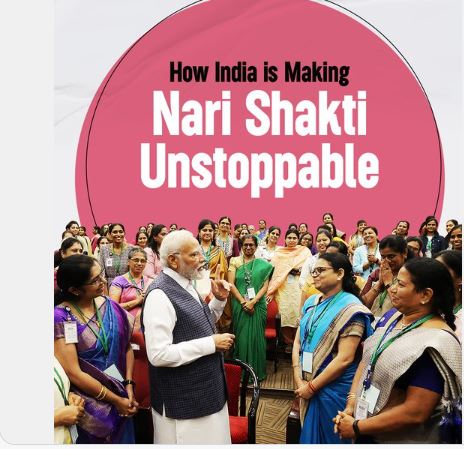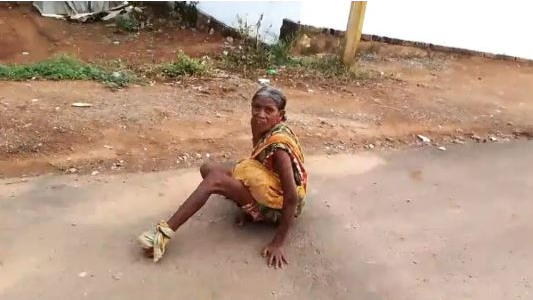Deposit Insurance System in India
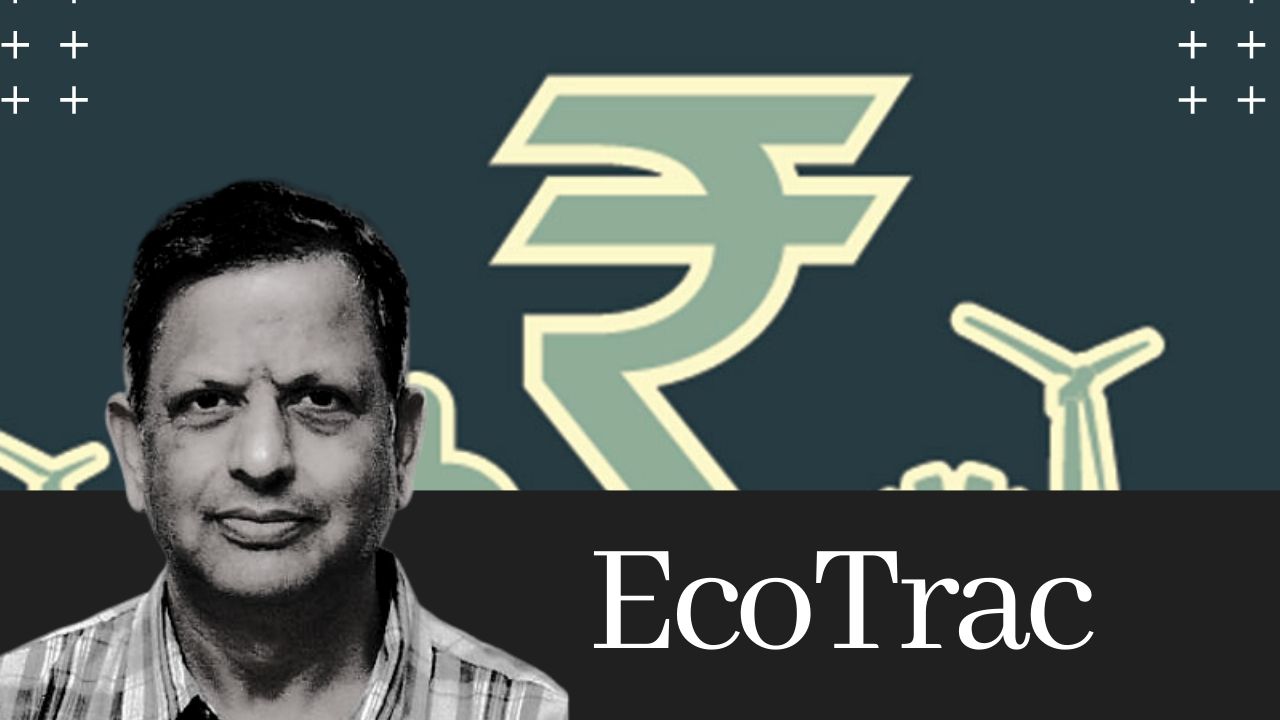
The banking system in India is, no doubt, safe and sound, and all the stakeholders are committed to increasingly maintain its safety and soundness. However, safety net mechanisms constitute the quintessence of any banking or financial system. Dr Manas R Das Deposit insurance is a financial safety net mechanism that protects depositors against the loss of their ‘insured’ deposits in the event that a bank is unable to meet its obligations to the depositors. Deposit Insurance is a logical necessity of any banking system. For one, it instills a sense of confidence in the lower and middle income group depositors who constitute the backbone of the banking system, as in India, thereby preventing depositors to withdraw their money from their banks at the time of banking crises that ultimately ensures systemic safety and soundness (‘crisis prevention’ function), and secondly, it ensures quick resolution of the problem or failed banks and therefore guarantees smooth functioning of the banking system, post-crisis (‘crisis management’ function). In India, the Deposit Insurance and Credit Guarantee Corporation (DICGC), a wholly-owned subsidiary of RBI, is entrusted with the responsibility of insuring customers’ deposits with banks. The Indian Deposit Insurance System (DIS), which came into existence in 1962, is the second oldest sovereign-backed system in the world after the US Federal Deposit Insurance Corporation was established in 1933. Indian DIS: Salient Features DIS is compulsory for all banks including cooperative banks.At present, DIS covers all commercial and cooperative banks in all States and UTs. At March-end 2019, 2,098 banks were registered under the scheme comprising 157 commercial banks and 1,941 cooperative banks. DIS covers, by and large, the entire deposits of the household sector. DIS, with effect from February 4, 2020, protects Rs.5 lakh of deposits held by the depositor at all the branches of a bank put together in the ‘same capacity and right’.At March-end 2019, 92.0% of the deposit accounts were fully protected. Amount-wise, 28.1% were ‘insured’ deposits. DICGC follows a ‘flat’ rate premium system which stands at Rs.0.12 per Rs.100 of ‘assessable’ deposits per annum, with effect from April 1, 2020.During 2010-19, premium collected from the commercial banks increased at a higher compound annual growth rate of 12.6% compared to that from the cooperative banks at 12.4%.Both Deposit Insurance Fund (DIF), i.e., the fund financed by premiums collected from the insured banks to meet future obligations (e.g., reimbursing depositors) and cover operational costs of DICGC, and Reserve Ratio (RR) (ratio of DIF to insured deposits) increased over time. At March-end 2019, DIF stood at Rs.937.5 billion returning a RR of 2.78%.At March-end 2019, the cumulative claims settled by DICGC stood at Rs.51.2 billion. Reform Endeavours Reforming DIS emerged as one of the major items of the second phase of financial sector reforms in India and was touched by the Narasimham Committee–II Report (1998). However, the prime mover was the RBI Report on Deposit Insurance Reforms (1999) which made wide-ranging reform proposals. Subsequently, the Committee on Financial Sector Reforms (2008) made several recommendations. The Report of the Financial Sector Legislative Reforms Commission (2013) recommended for subsuming DICGC into the proposed Resolution Corporation, which would work across the financial system. Following this, the Financial Resolution and Deposit Insurance Bill (2016) was drafted which, however, has been kept in abeyance due to the ‘bail-in’ provision therein which was widely and stiffly resisted. Concluding Remarks The banking system in India is, no doubt, safe and sound, and all the stakeholders are committed to increasingly maintain its safety and soundness. However, safety net mechanisms constitute the quintessence of any banking or financial system. The emerging factors in the economic and banking sphere that would necessitate a robust Indian DIS include: (a) increasing participation by retail customers both on assets and liabilities sides of banks, (b) continued high level of stressed loans, (c) increasing compulsion to phase out government recapitalization of public sector banks, (d) imminent changes in the mind-set of decision makers, (e) forestalling any occurrence of cross-subsidization between commercial banks and cooperative banks as far as actual payment from DIF is concerned, (f) the overdue DIS reforms, (g) the need to institute a statutorily-mandated, and dynamic and functionally sound resolution process for the troubled financial institutions, and (h) increasing interconnectedness among various segments of the financial system leading to possibility of increased contagion. About the Author:Dr. Manas R. Das is a former senior economist of State Bank of India. He has over 30 years of experience as an economist in two large commercial banks. Academically, he is a gold medallist in Bachelor of Arts with Economics Honours from Utkal University, followed by Master’s in Economics from Delhi School of Economics and Doctorate in Economics from Gokhale Institute of Politics and Economics. He is also a Certified Associate of Indian Institute of Bankers. He has won several awards, besides being a prolific writer.
Latest News
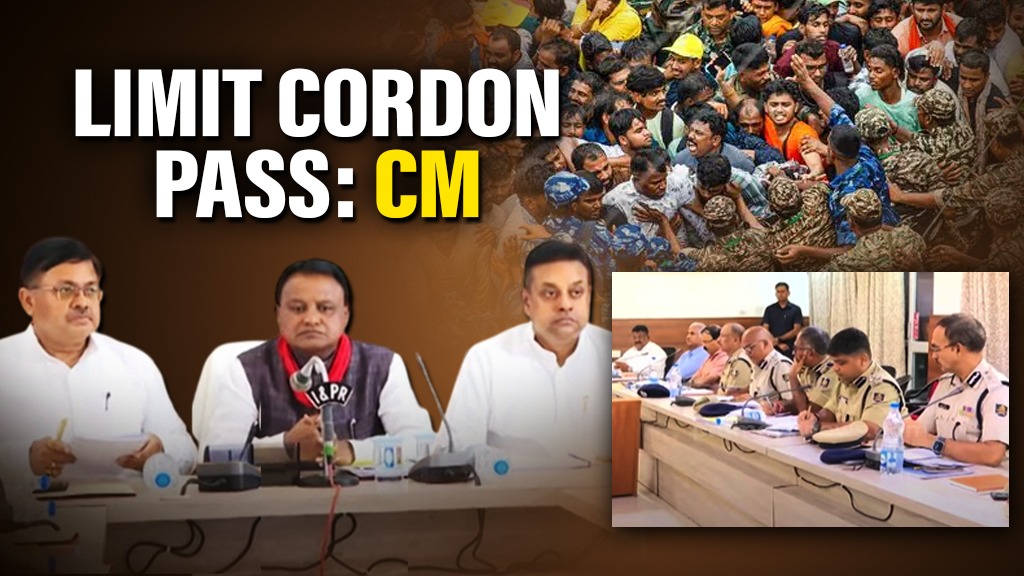
CM Mohan Majhi reviews security arrangements f...

Pharma factory blast in Telangana: Odisha send...
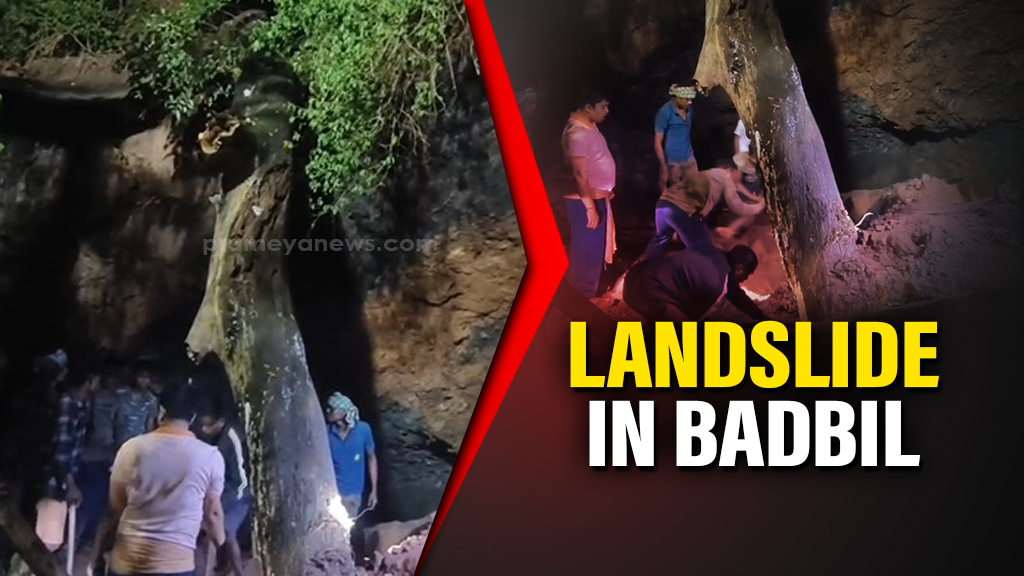
Three killed as illegal Manganese mine collaps...

Priyanka Chopra learns Odisha’s Mayurbhanj Chh...

Rath Yatra 2025: Lakshmi-Narayana Besha during...
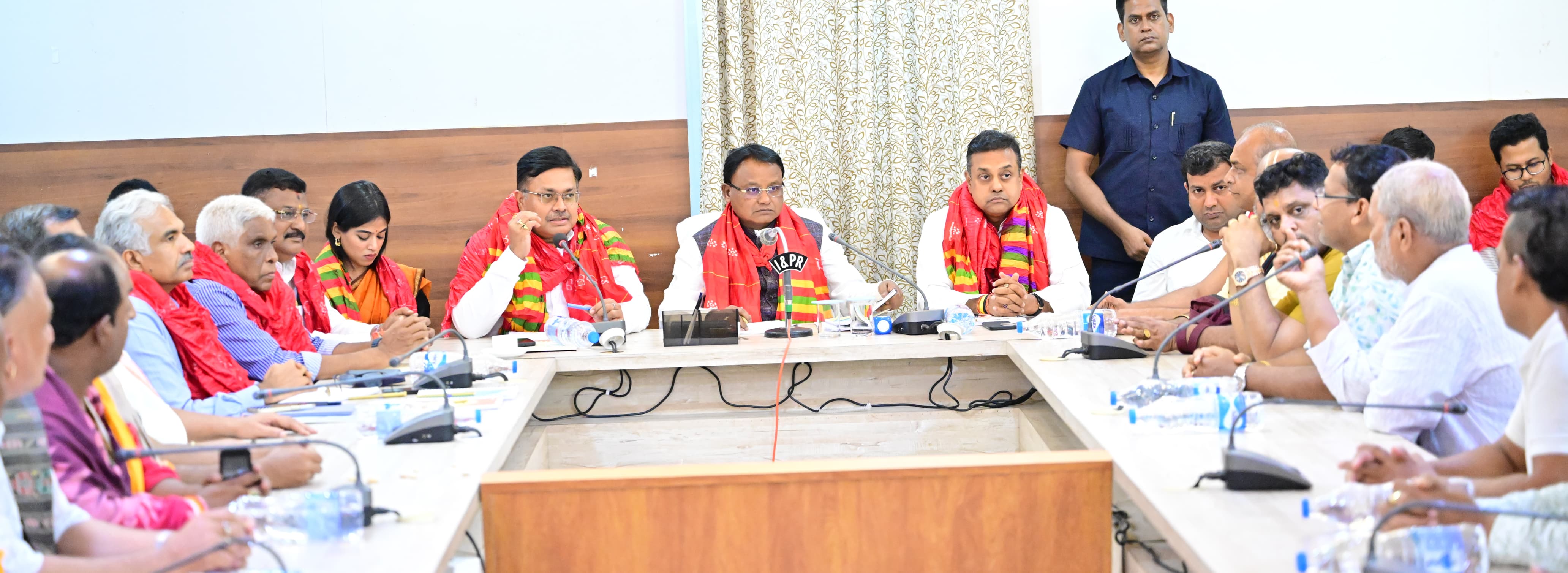
Rath Yatra 2025: Odisha CM holds key discussio...

IIM Sambalpur welcomes 363 students for MBA ba...
Copyright © 2024 - Summa Real Media Private Limited. All Rights Reserved.














